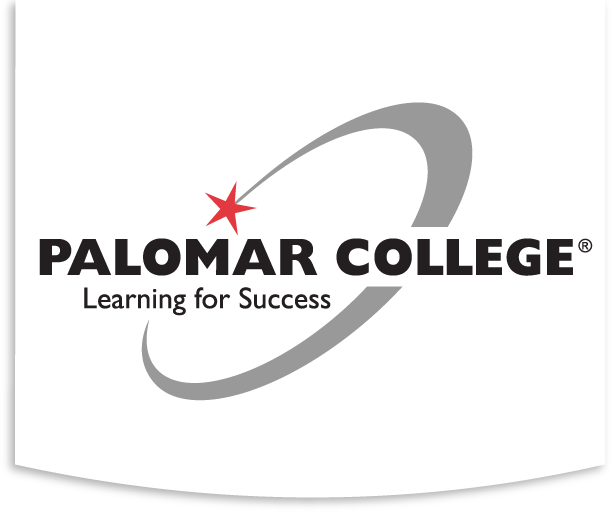The participatory governance structure of Palomar College is designed to address the needs of Palomar’s diverse student body through active participation and engagement by administrators, faculty, staff, and students. The participatory governance structure has evolved over time to address changes in legislation, accreditation recommendations, and Palomar College itself.
In 2015, the College received a recommendation “to create an environment that includes the participation of all employees in participatory governance and appropriate councils, committees, subcommittees, task forces, and workgroups.” Additionally, state initiatives focused on improving student success, such as Guided Pathways and Vision for Success, have required the College to expand the duties of existing councils and committees and create new committees to carry the charge.
In the Fall of 2019, the Strategic Planning Council formed a Governance Task Force, consisting of Executive Leadership, Faculty, Classified Staff, Confidential and Supervisory Team (CAST), Administrative Association (AA) members, and students. With the assistance of the Institutional Effectiveness Partnership Initiative (IEPI), the Governance Task Force redesigned the participatory governance structure by reviewing work other colleges have done; conducting an analysis of the strengths, weaknesses, and opportunities of Palomar College’s current governance structure; and collecting and responding to feedback on proposed changes. A revised handbook is one result of that work; a redesigned governance structure is another.
The Task Force noted that perspectives and experiences from BILPOC colleagues needed to be centered more in decision-making processes. While the original Task Force included members with diverse identities and experiences, the Task Force ceded power to and sought feedback from a larger group of BILPOC colleagues from across campus to review the Task Force’s work with a focused, critical lens. The result of their scrutiny improved aspects of the governance structure and handbook that could have unintentionally excluded perspectives and experiences from colleagues who have been marginalized during the development or implementation of decision-making processes. The Task Force’s final draft includes practices intended to ensure maximum inclusivity across the participatory governance process.
The Palomar College Governance Structure and Participation Handbook describes the structure and operating agreements for institutional governance and decision-making at Palomar College. These descriptions of how groups are formed and how they function are, in essence, descriptions of how Palomar College ensures that the voices of the College’s constituent groups are heard and valued when making decisions.
By documenting governance and institutional decision-making practices, the governance handbook promotes a common understanding of processes, helps to ensure consistent application of policies and practices, encourages broad participation in campus matters, and supports the College’s continuous quality improvement. A purpose for this transparency is to encourage all constituency groups to be knowledgeable of, and responsible for, their roles in the participatory governance process.
Significant attention was given to defining roles of members. A goal was to make the workload of participation clearly defined and manageable. Constituent representation is one of the most complex aspects of the proposed new design. Two models were considered, one based on equal representation of constituent groups, the other ensuring adequate expertise on each council. Ultimately, a hybrid approach was taken that balanced representation with expertise, with additional specific, non-voting advisory positions on several councils to ensure expertise.
The new handbook and the new structure were developed using critical, yet collegial, self-reflection by representatives of all college constituent groups who were united by the vision of establishing structures, processes, and communication channels that will support the mission of Palomar College. College processes, including those described in this handbook, will be periodically reviewed and revised as part of the institutional cycle.
(NEW) Governance Structure and Participation Handbook
(NEW) Participatory Governance Structure chart
(OLD) Governance Structure Book
Template – Governance Structure Group Request Form

